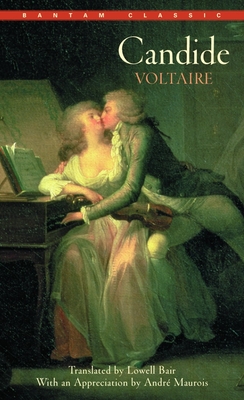Here’s a book that most Christians should read in order to understand their faith better. Evidence for God’s subtitle is “50 Arguments for Faith from the Bible, History, Philosophy, and Science.” It’s a collection of fifty short, 2-3-page essays exploring many aspects of and challenges to the Christian faith.
In the introduction, we are told a story about Bart Ehrman challenge to his class, “My goal this semester will be to change everything you Christians think you know about the Bible and about Jesus.” We also hear the results of a survey stating “any evangelical Christian is an unthinking bigot and therefore a fundamentalist.” The goal of this book is to prepare the Christian to be a thinking Christian. These essays will prepare believers to understand some of the issues at hand in order to discuss them more intelligently.
The four sections are:
1. The Question of Philosophy (deals with the cosmological and moral arguments for God, naturalism, suffering, etc.)
2. The Question of Science (evaluating Darwinism, role of science, Intelligent Design)
3. The Question of Jesus (Did he exist? How can we know what he did? Did the resurrection occur?)
4. The Question of the Bible (Can we trust that this is reliable? What is inerrancy?)
The strength of this book is the ability to read a few essays in one sitting. In only two or three pages, the content will not be exhaustive. Rather, it can whet the appetite, introduce the reader to new authors, and allow for continued thought and discussion. Some of the essays are better than others, although the ones that appealed to me may not appeal to you. The sections on Jesus and the Bible were my favorites. I enjoyed the science section, but at times, it was simply too technical for me.
Evidence for God is a book to work through as you continue to love God with all of your heart, soul, mind, and strength.






